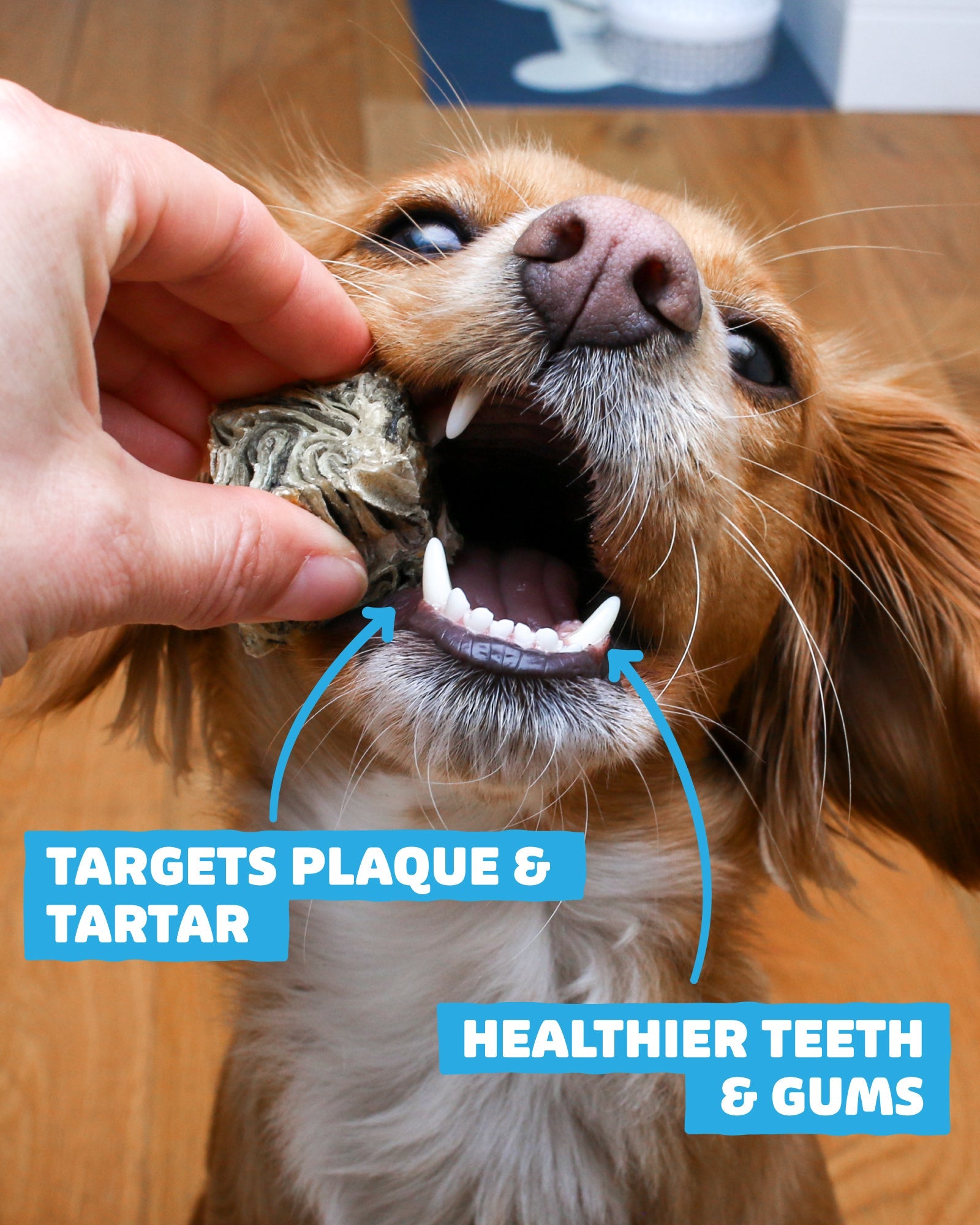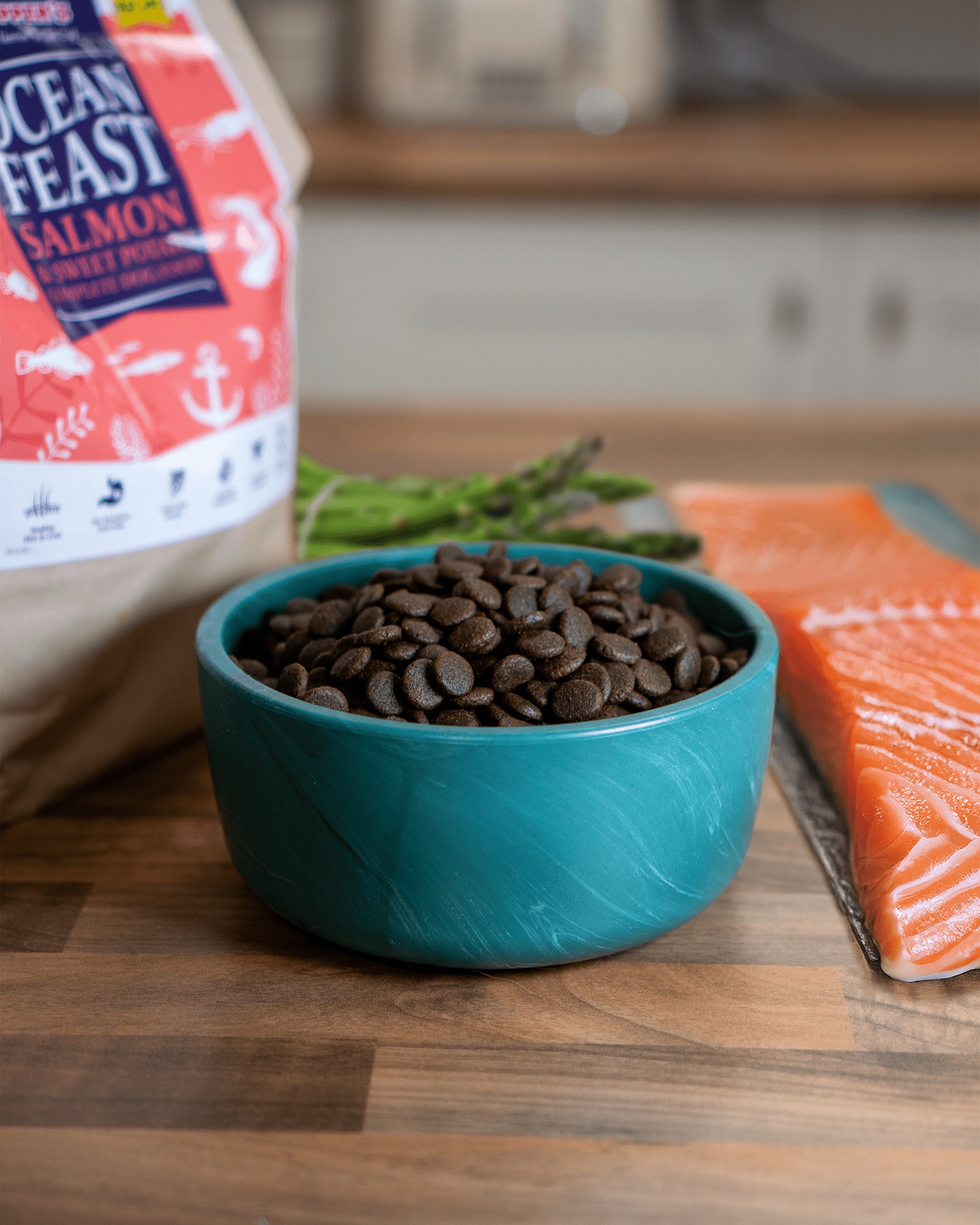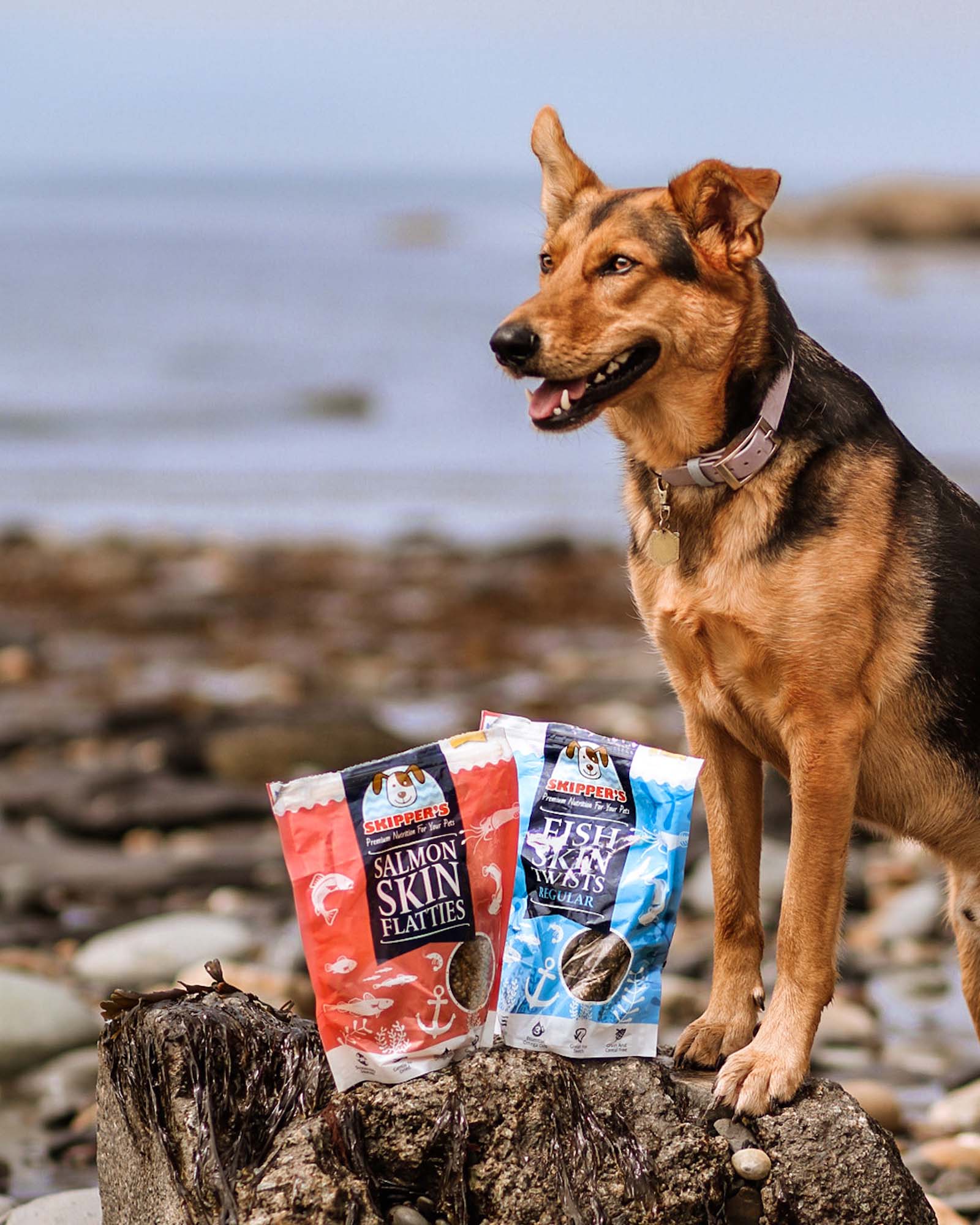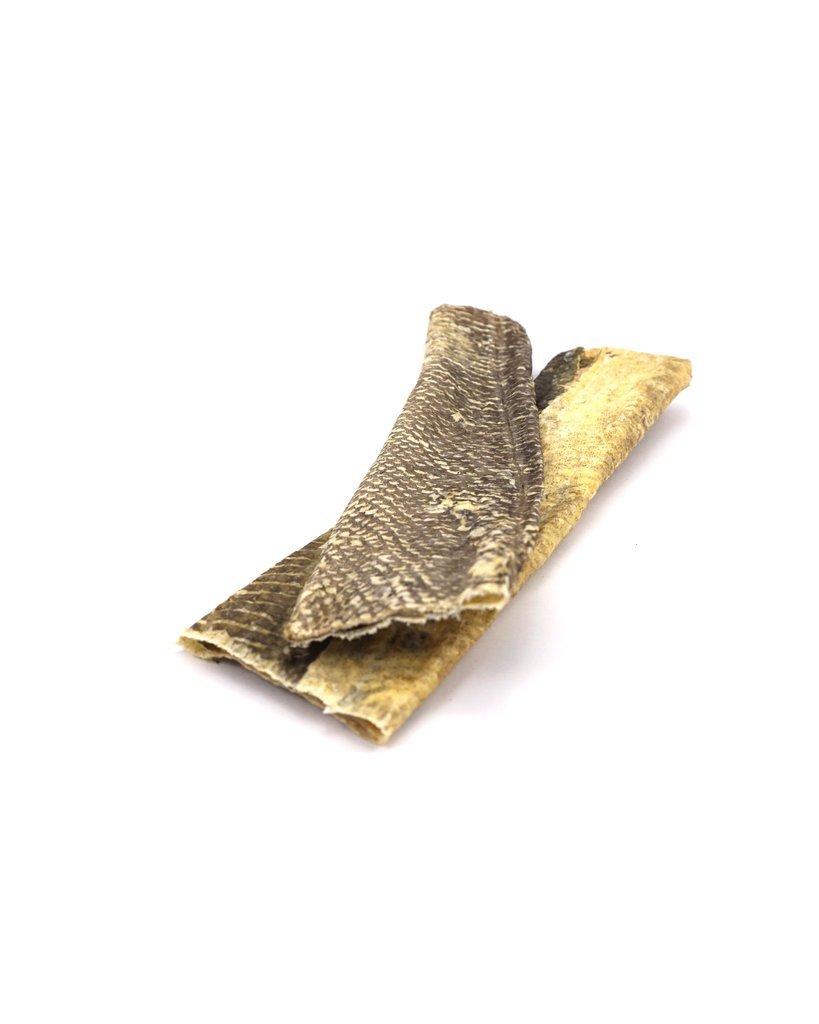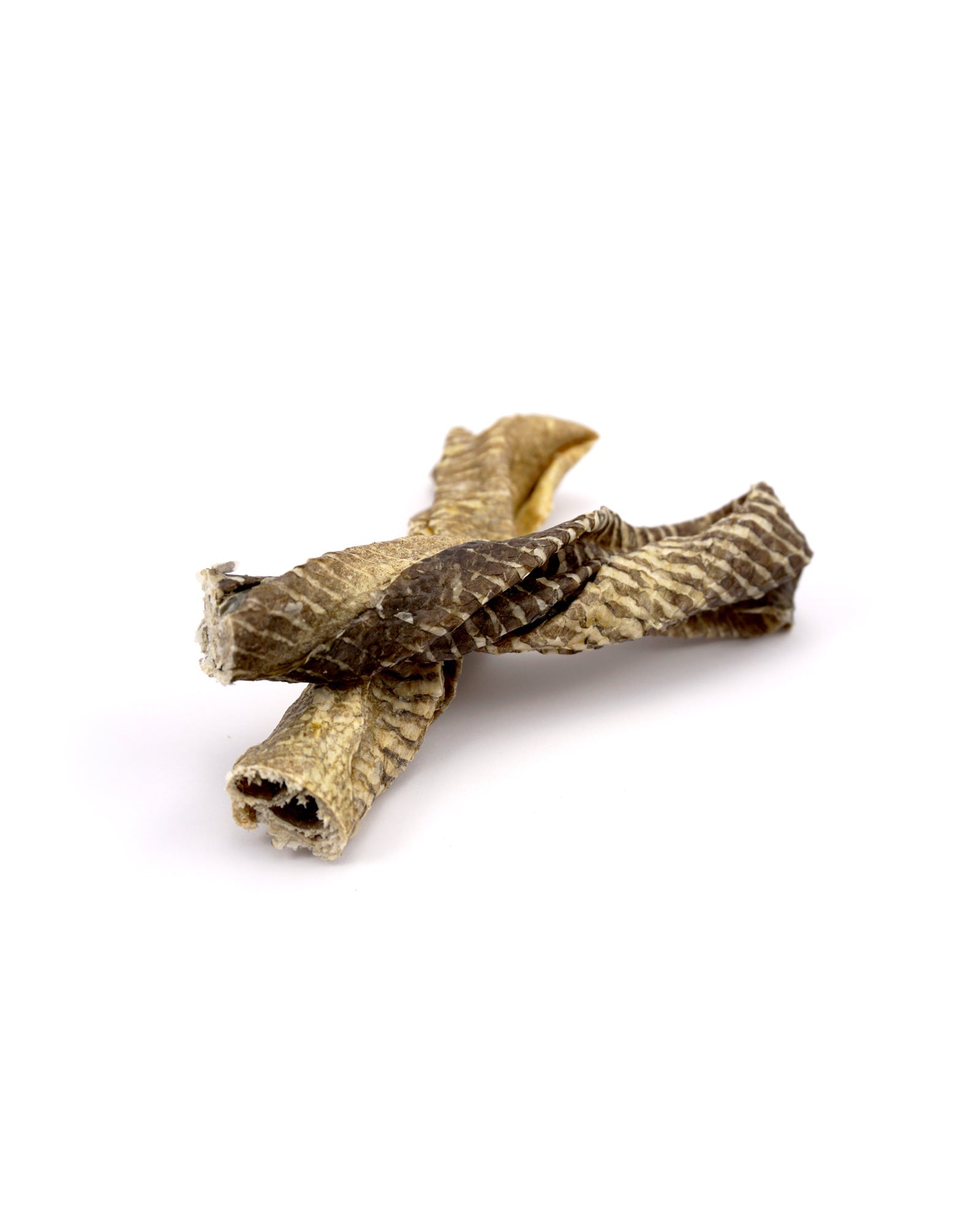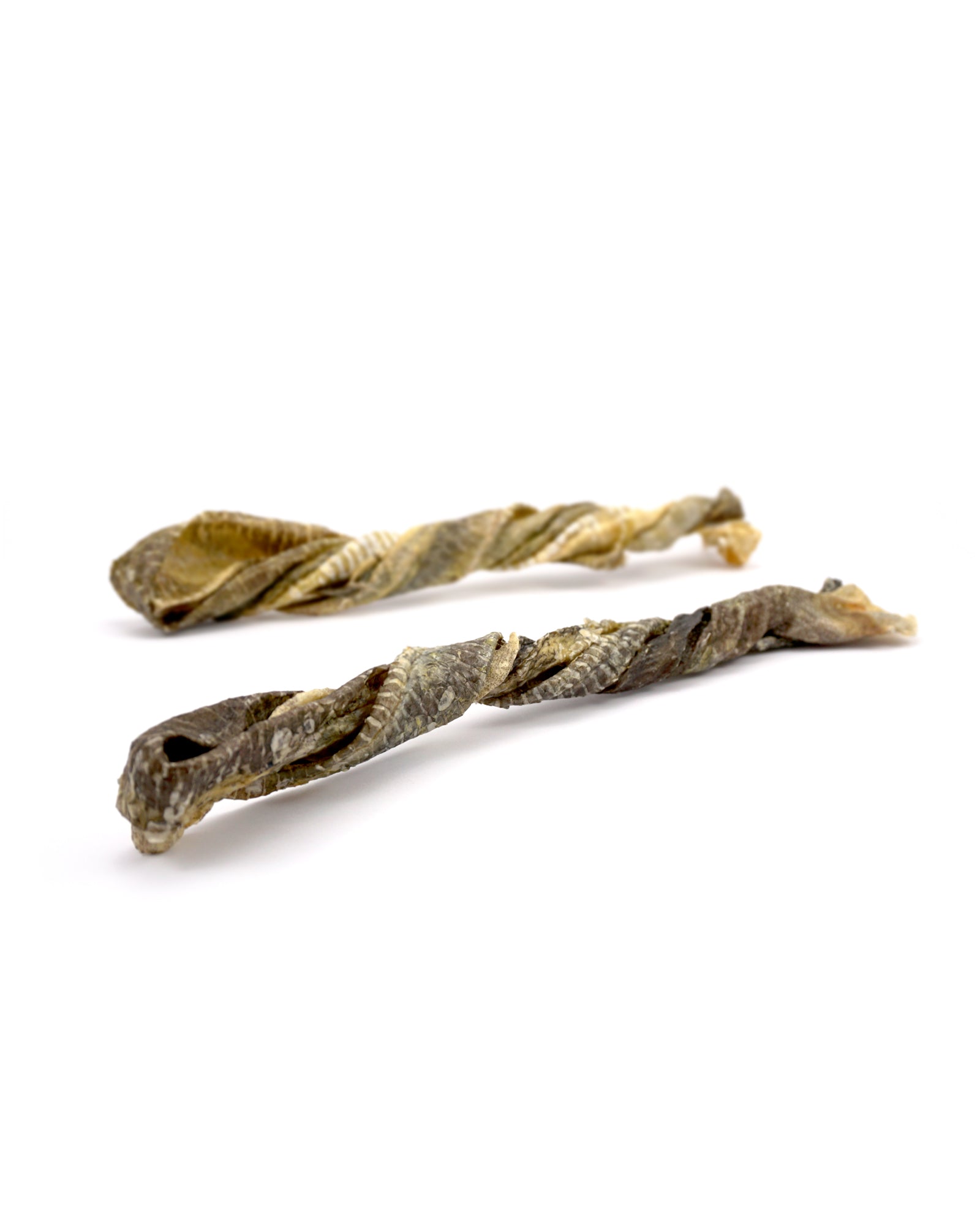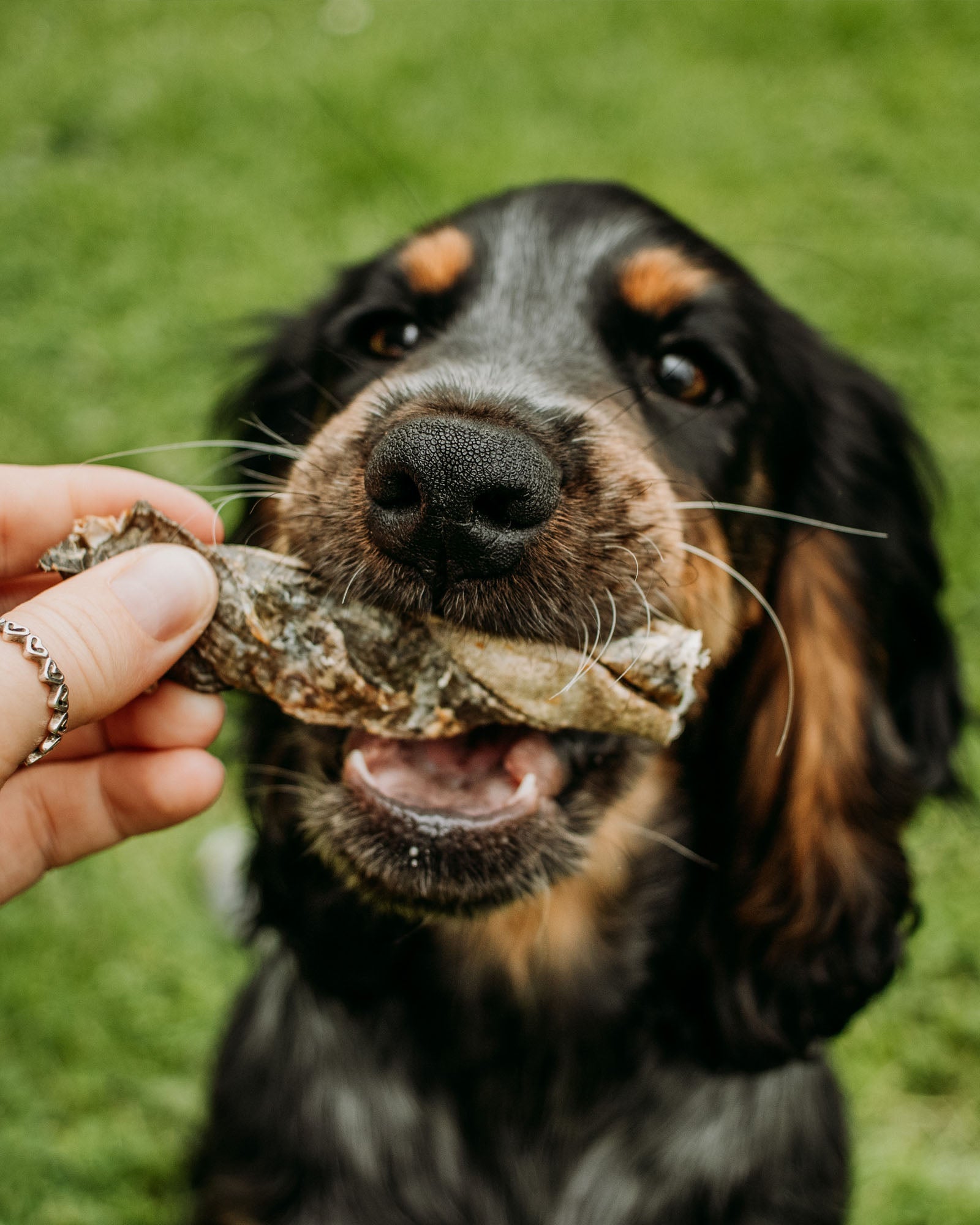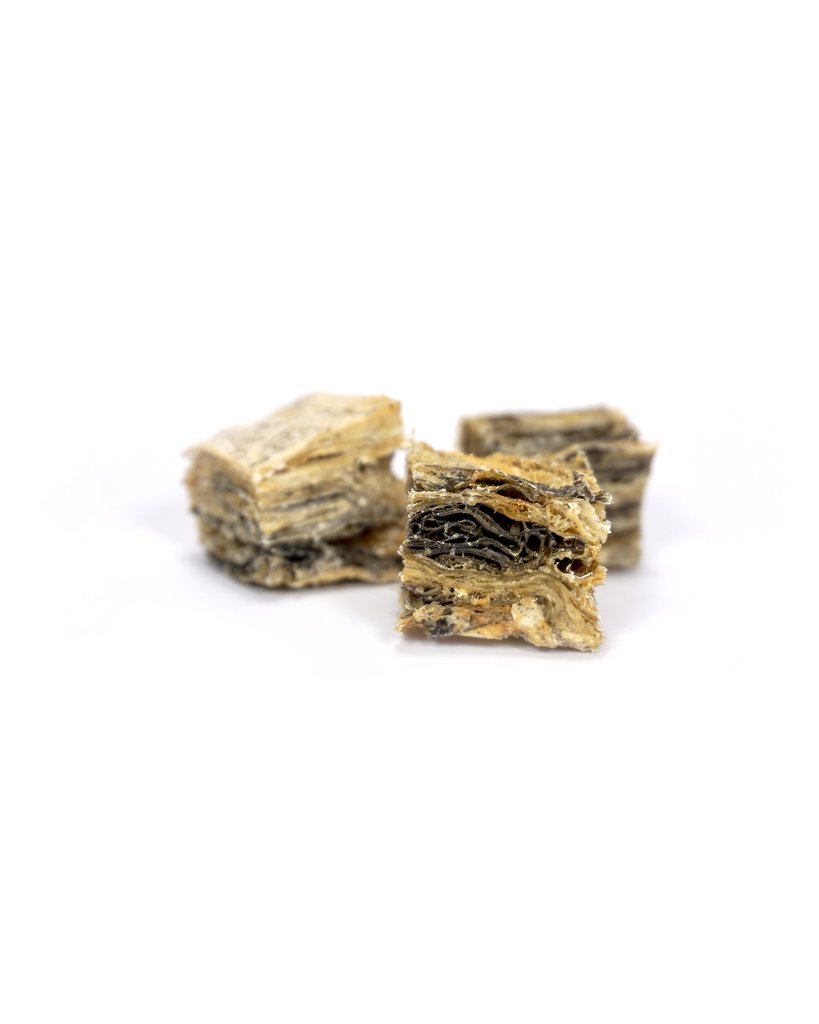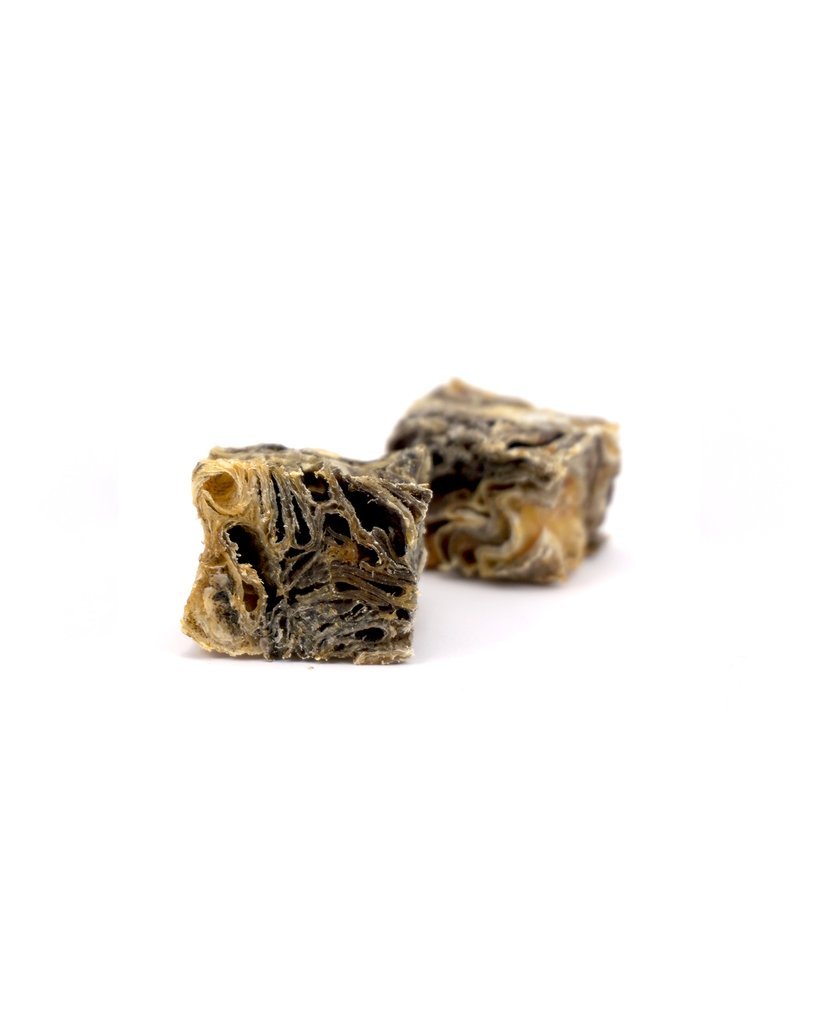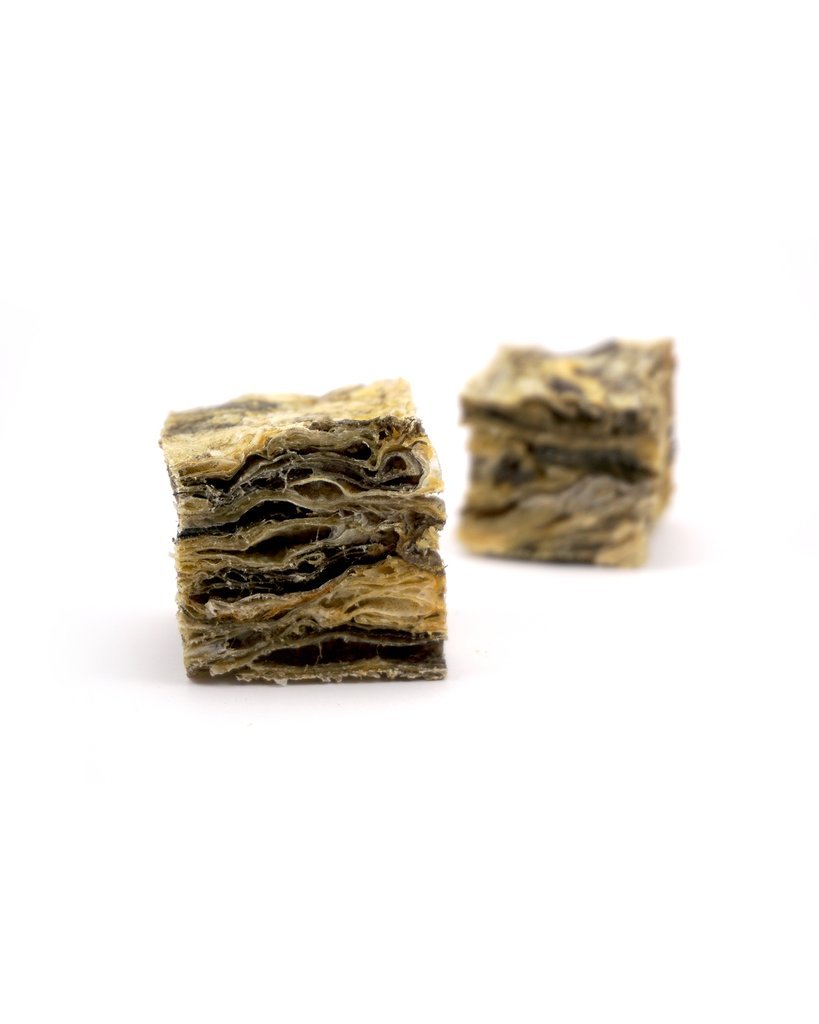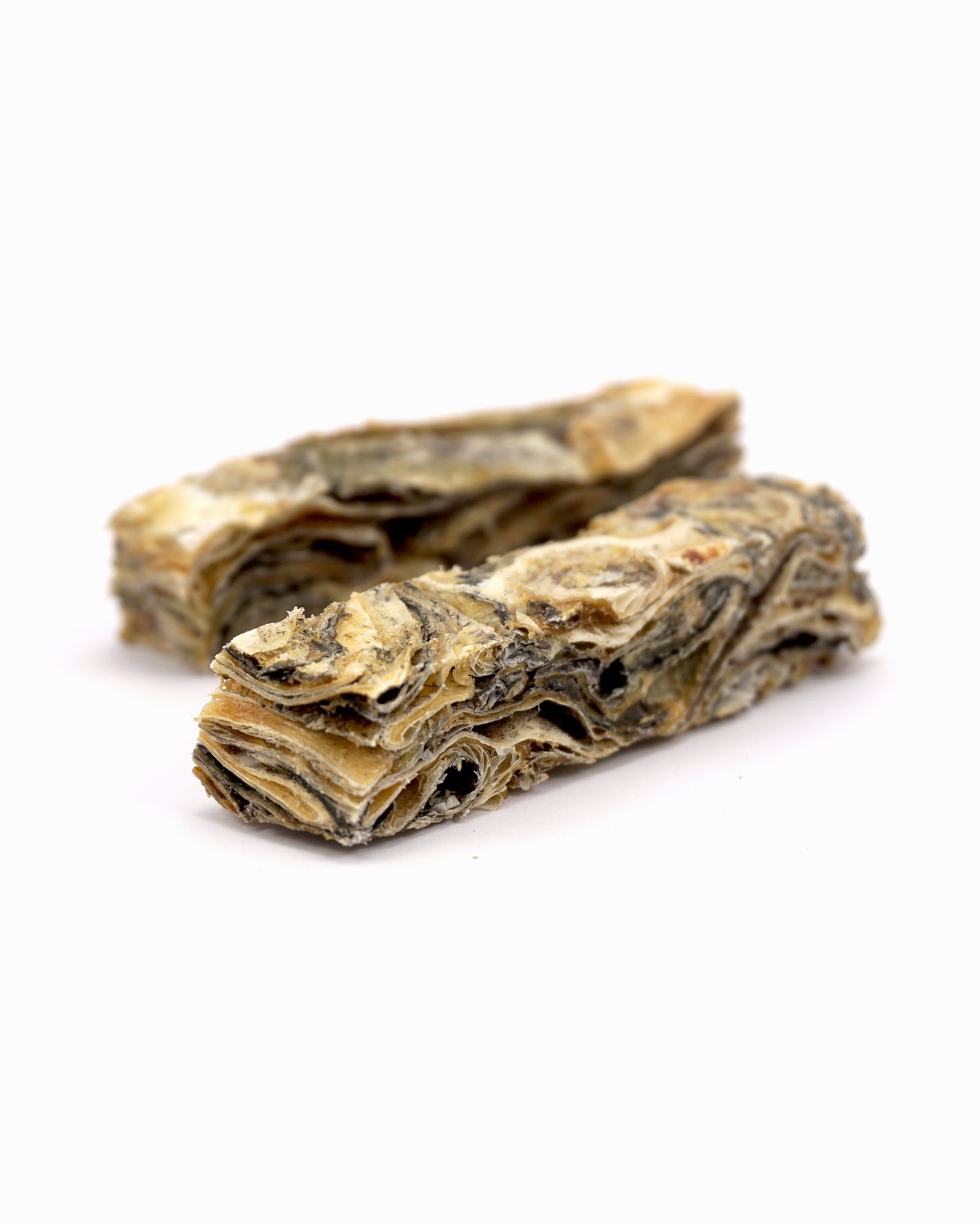When we leave our dogs alone, they can often experience distress that goes beyond a simple case of missing their human companions. This distress is commonly referred to as separation anxiety, a condition that affects a significant number of dogs in the UK. In a 2022 study conducted by PDSA, "11% of dogs (1.1 million) are showing signs of distress when left alone".
Recognising the signs of separation anxiety in your dog is crucial for addressing their emotional well-being. By understanding these signs, you can take the necessary steps to alleviate your dog's anxiety.
How to identify separation anxiety in dogs
Separation anxiety in dogs can manifest in various ways, and recognising the signs is the first step towards helping your furry friend. Here are some key points to consider when identifying separation anxiety in your dog:
 |
Destructive behaviourCommon destructive behaviours in dogs include chewing furniture, scratching doors or walls, and excessive digging. These behaviours are not indicative of disobedience or spitefulness; instead, they are manifestations of your dog's distress and attempts to alleviate their anxiety. |
 |
Increased toiletingWhen your dog experiences separation anxiety, you may find that your dog has had accidents indoors due to increased toileting. When your dog experiences heightened anxiety, VCA states that your dog may begin to eliminate in the home, primarily due "to a loss of control when anxious". It's important to note that these accidents are not a result of disobedience. |
 |
VocalisationDogs with separation anxiety can vocalise in different ways, including excessive barking, howling, whining, or whimpering. These vocalisations serve as expressions of your dog's anxiety and can be a means to seek attention or communicate with you. Recognising these vocalisations is crucial in understanding the emotional distress experienced by your dog and addressing the underlying separation anxiety effectively. |
 |
Pre-departure anxietyPre-departure anxiety is a common symptom of separation anxiety in dogs. As you go through your departure routine, your furry companion may exhibit signs of distress, such as pacing, panting, or excessive salivation, indicating that they are anticipating your departure and are already feeling anxious about being left alone. |
 |
Overexcitement upon your returnWhile it may seem like a positive sign, excessive excitement when you come home can be a sign of separation anxiety. Dogs with separation anxiety often become excessively thrilled upon your return as a way to cope with the distress they experience when you're away. Your dog may express their excitement by jumping up, barking, spinning in circles, or uncontrollable tail wagging. |
 |
DroolingDrooling is a physiological response in dogs experiencing separation anxiety. When dogs are anxious or stressed, their salivary glands can become overactive, resulting in excessive drooling. This increased drooling reflects their emotional distress and can be observed when they anticipate you leaving or when they are left alone. By being attentive to these behavioural cues, you can gain valuable insights into your dog's emotional state and take the necessary steps to alleviate their separation anxiety. With patience, understanding, and appropriate interventions, you can help your furry companion find comfort and security even when you're not by their side. |
What to do if your dog has separation anxiety?
If you suspect that your dog is suffering from separation anxiety, there are several steps you can take to help them overcome their distress and build their confidence. There are some effective strategies to consider.

Gradual desensitisation and counter-conditioning
Gradually expose your dog to being alone by practising short departures and gradually increasing the duration over time as they become more at ease. Pair your departures with positive experiences by offering special toys or high-value rewarding dog treats they only receive when you leave. This helps your dog create positive associations with your absence as they learn that being alone is not a threat and builds their confidence.
Create a calm environment
Designate a safe space for your dog, such as a peaceful room or a crate, where they can seek solace and feel secure when you're not around. Enhance your dog's comfort by including familiar items like their cherished toys or a piece of clothing with your scent. Remarkably, studies have shown that dogs can recognise and positively associate with the scent of their human companions. This is because a familiar human scent activates a part of the dog's brain associated with positive expectations.
Establish confidence in your dog
Implement a consistent daily routine and incorporate mental and physical enrichment activities to help alleviate anxiety and build your dog's confidence. Mentally stimulating your dog's brain with puzzle toys, interactive games, regular exercise, and obedience training. These activities calm and tire your dog both mentally and physically. These activities can also help to make your dog feel more secure when they're left alone.
Seek professional help
Consult with a veterinarian or a professional dog behaviourist to develop a customised plan for your dog's specific needs. They can provide expert guidance, recommend techniques, and, if necessary, prescribe medication to manage severe cases of separation anxiety.
Skipper's High-Value Rewarding Treats
- Skipper's Dried Sprats
- Skipper's Salmon Supremes
- Skipper's Luxury Whitefish Cubes




